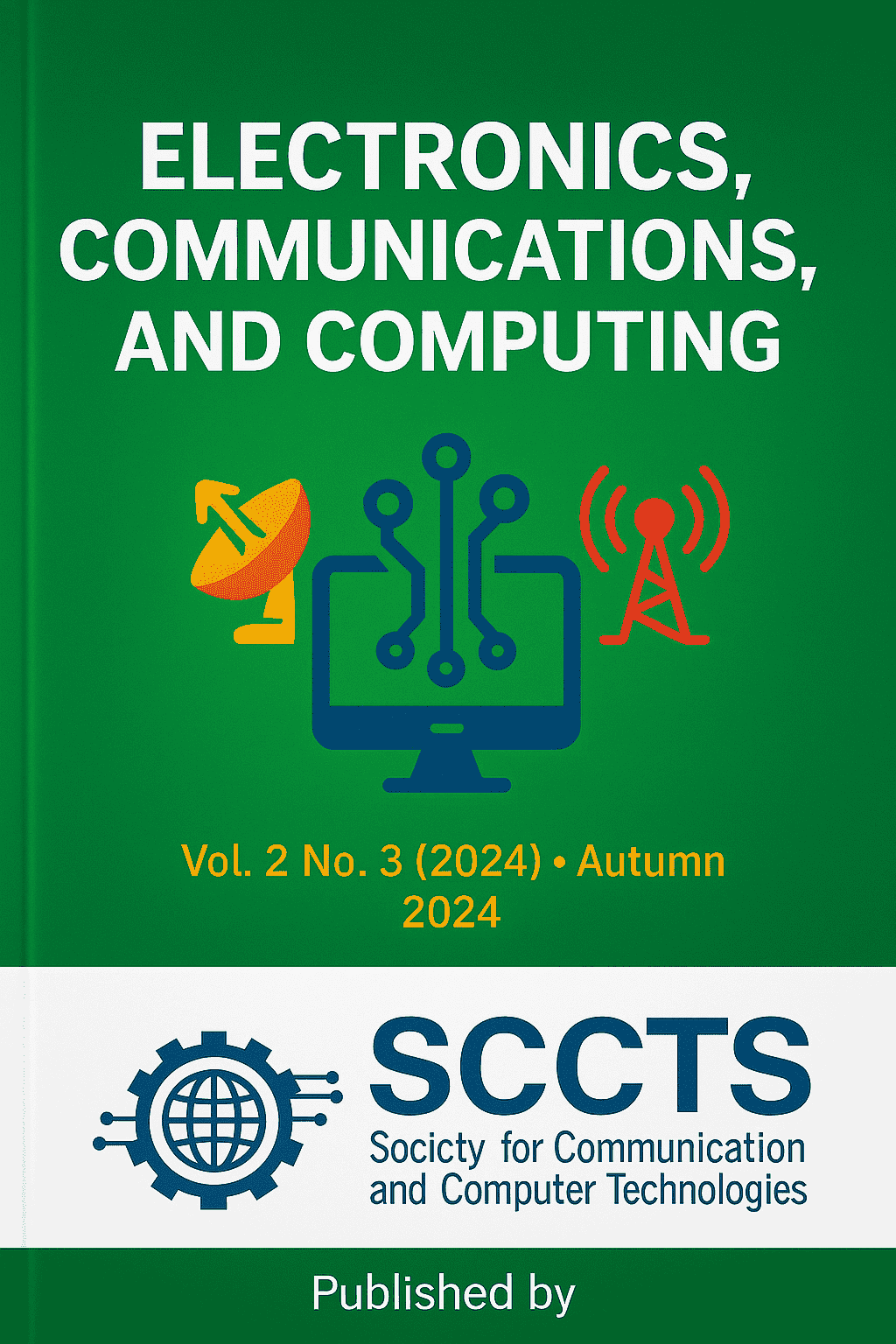Cloud-Native Microservices Architecture for Scalable and Next-Generation Computing Applications
Keywords:
Scalability, Kubernetes orchestration, Containerization, Edge computing, Service mesh, DevOps pipelines, Real-time analytics, Distributed systems, Fault tolerance, Resilient application design, AI workloads in microservices, Elastic deployment.Abstract
The mature development of next-generation computing paradigms (such as edge computing, artificial intelligence (AI)-based services and distributed analytics), has necessitated the need to adopt a paradigm shift to architectures that are more scalable, fault-tolerant and modular. The requirements of dynamic workloads, real-time data processing and elastic resource management are becoming insufficient in common monolithic architectures. And in that regard, cloud-native microservices have become one of the most influential architectural methods that break up the application into loosely connected, independently deployable services. This paper provides an in-depth study of the principles of the design, and enabling technologies, and deployment approaches of the cloud-native microservices customized to the next generation computing environment. The focus will be on more fundamental building blocks like containerization (e.g. Docker), orchestration architecture (e.g. Kubernetes), service mesh (e.g. Istio) and continuous integration / continuous deployment (CI/CD) pipelines. To have empirical assessment of the proposed architecture, a simulated e-health analytics pipeline was put in place to compare the key performance indicators in the proposed architecture with performance of a baseline monolithic model in terms of response time, deployment latency, fault recovery and scalability index. These findings reveal that the microservices architecture-based system is highly effective in boosting deployment agility, and the capability to survive full-concurrency and scale up by over 150%. In addition, the paper critically evaluates the operational complexity such as trade-offs between the granularities of services, inter-service communication overheads, bottlenecks of observability and challenges of consistency in distributed state management. These limitations are suggested to be tackled with best practices in domain-driven service boundaries, distributed tracing, and API gateway patterns. Concluding the study, one can outline future research directions in such domains as AI-based autoscaling, edge-based federation of microservices; serverless integration, and security of microservice-based systems. On the whole, this work offers an authenticated reference model and sensible approaches to the researchers and practitioners to use cloud-native microservices as the support of scalable, intelligent, and resilient applications of their computing in the age of digital transformation.



